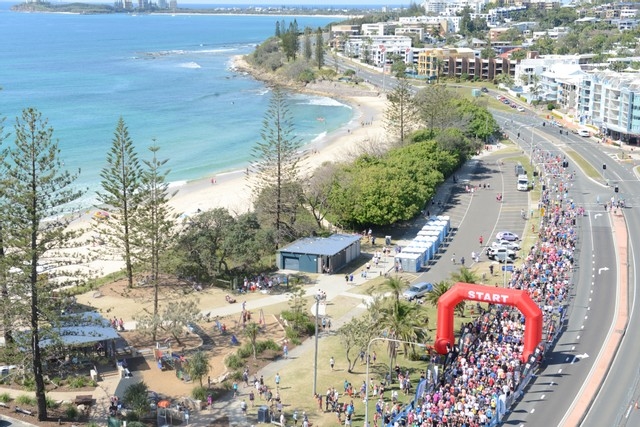Planning is well underway for the Sunshine Coast to help host the biggest event in the world.
Infrastructure – particularly sports venues and transport – is the focus of preparations for the 2032 Brisbane Olympic and Paralympic Games.
There are also gains to be made in tourism, trade and investment.
It’s expected that there will be lasting benefits to the community, while the region’s liveability will be kept intact.
Sunshine Coast News caught up with levels of government to find out how the region is placed to host several events of the Games, with less than 10 years on the clock.
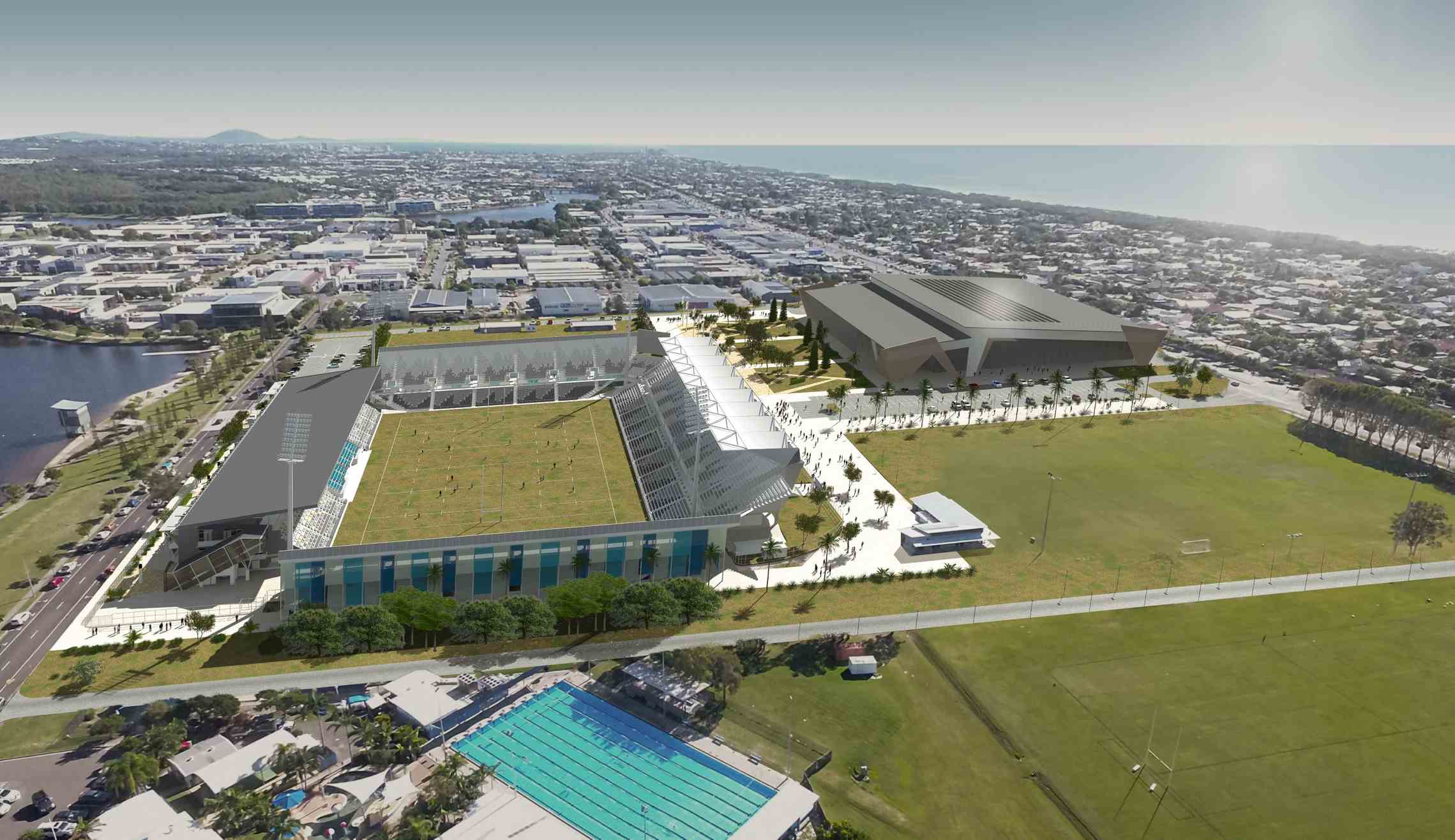
Venues
The Sunshine Coast will be home to four competition venues and a satellite athlete village.
A sports precinct at Kawana is set to boast a new 6000-seat Sunshine Coast Indoor Sports Centre and an expanded 20,000-capacity Sunshine Coast Stadium.
The indoor centre, for Olympic basketball, will be built from 2025 to 2027.
A spokesperson for the Department of State Development, Infrastructure, Local Government and Planning said the centre would also be “a sustainable, modern facility suitable for a range of indoor sports and community uses”.
An expanded Sunshine Coast Stadium will host Olympic football games.
Construction will be from 2024 to 2026.
“Upgrading the stadium will (also) ensure it continues to attract national and international events, bringing social and economic opportunities to the local community,” the spokesperson said.
“The project will enable more seating, improved facilities for athletes and officials, and multi-purpose community spaces.”
Meanwhile, a Sunshine Coast Mountain Bike Centre will be upgraded at Parklands.
Works will be conducted on trails in 2025 and 2026.
“They (the trails) are a destination for locals and travellers alike, offering challenging tracks in natural rainforest,” the spokesperson said.
“This upgrade will give it the boost needed to be an international mountain bike facility, offering trails for all skill levels.”
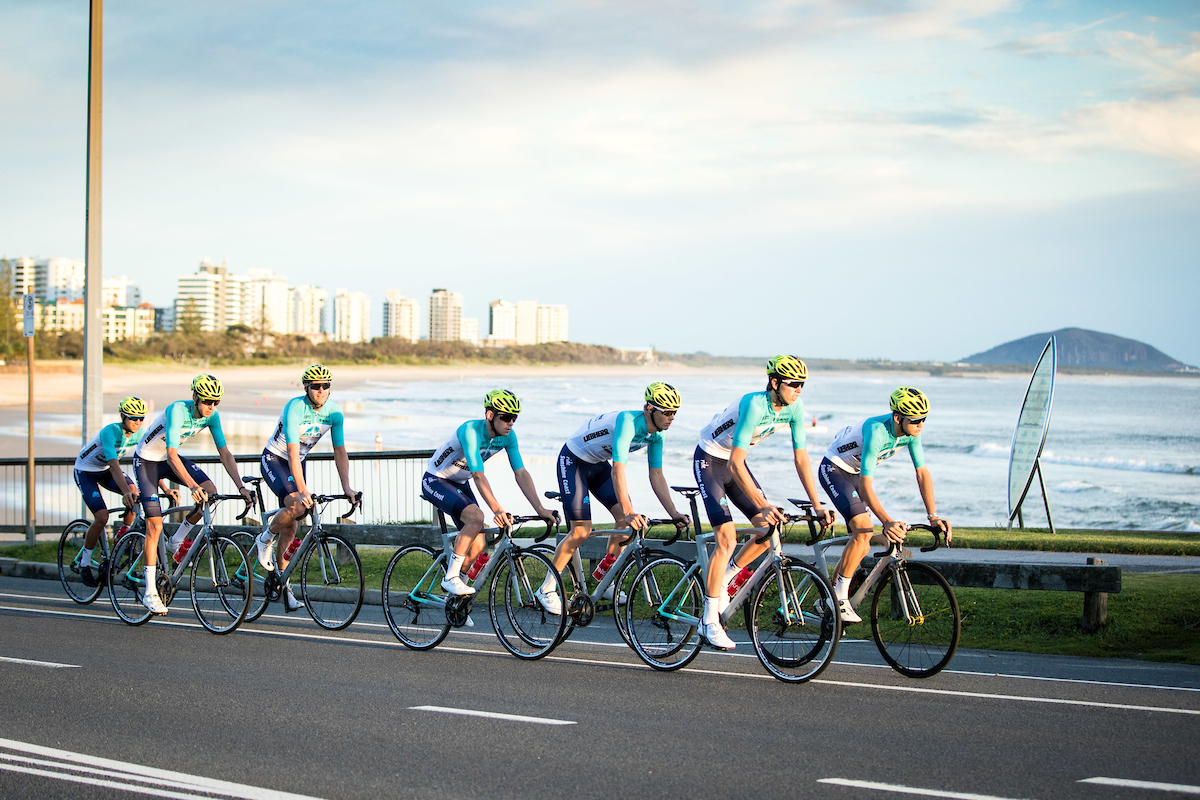
Alexandra Headland has been earmarked as a temporary venue for the marathon, race walk, road cycling and kiteboarding.
It will be prepared just before the Games start.
Olympians and Paralympians will stay in the heart of the region, at a Sunshine Coast Satellite Athlete Village.
“It will be delivered as part of the already-planned Maroochydore City Centre, led by the Walker Corporation,” the spokesperson said.
“It (the city centre) will be a central business district where residents and visitors can work, learn, live and play, meeting the needs of the growing community.
“The village will accommodate up to 1400 athletes and officials and, after the Games, it will provide around 350 permanent dwellings.”
Some local sports facilities will also act as training venues.
“The Organising Committee for Brisbane 2032 will decide on the number and location of training venues, with advice from the Queensland Government, closer to Brisbane 2032,” the spokesperson said.
The Olympic venues will be funded by the Australian and Queensland governments, under a Brisbane 2032 Olympic and Paralympic Games funding agreement. It’s not yet known how much they will cost to build.
“The overall cost for each venue, and specific project inclusions, will be determined through the Project Validation stage, which includes a reference design for each venue,” the spokesperson said.
Olympic competition events
- Marathon – Alexandra Headland.
- Race walking – Alexandra Headland.
- Cycle road race and cycle time trial – Alexandra Headland.
- Kiteboarding – Alexandra Headland.
- Football –Sunshine Coast Stadium.
- Basketball – Sunshine Coast Indoor Sports Centre.
- Mountain biking – Sunshine Coast Mountain Bike Centre.
Paralympic competition events
- Marathon – Alexandra Headland.
- Cycling – Alexandra Headland.
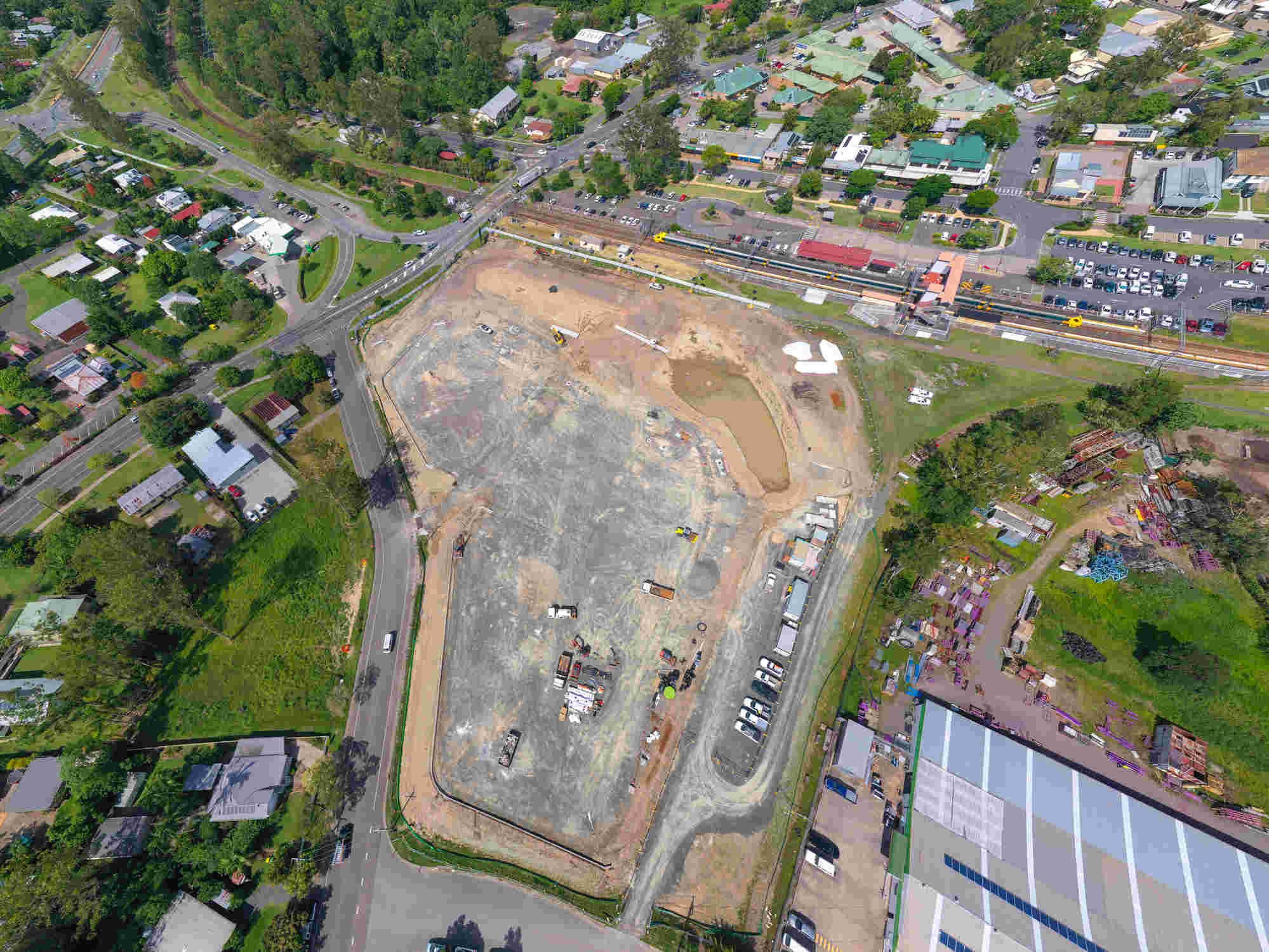
Transport
Queensland Transport and Main Roads Minister Mark Bailey has acknowledged that one of the reasons the International Olympic Committee selected Queensland to host the Games was because of the transport infrastructure that was already planned.
That includes major changes to the Bruce Highway and the Beerburrum to Nambour rail upgrade. The latter includes a $550m rail duplication.
“They’ll all be open before 2032, leaving a long-term legacy for Queensland,” Mr Bailey said.
He said it was also important to cater for a growing regional population for years to come.
“What’s happened since we secured the hosting rights is we’ve seen massive economic growth, record low unemployment and an improved budget position, allowing us to accelerate some transport projects,” Mr Bailey said.
There was also a proposal for 37km of rail extension between Beerwah and Maroochydore.
“We’ve accelerated planning on the Direct Sunshine Coast Line, which could create a heavy rail link from Brisbane to the beach,” Mr Bailey said.
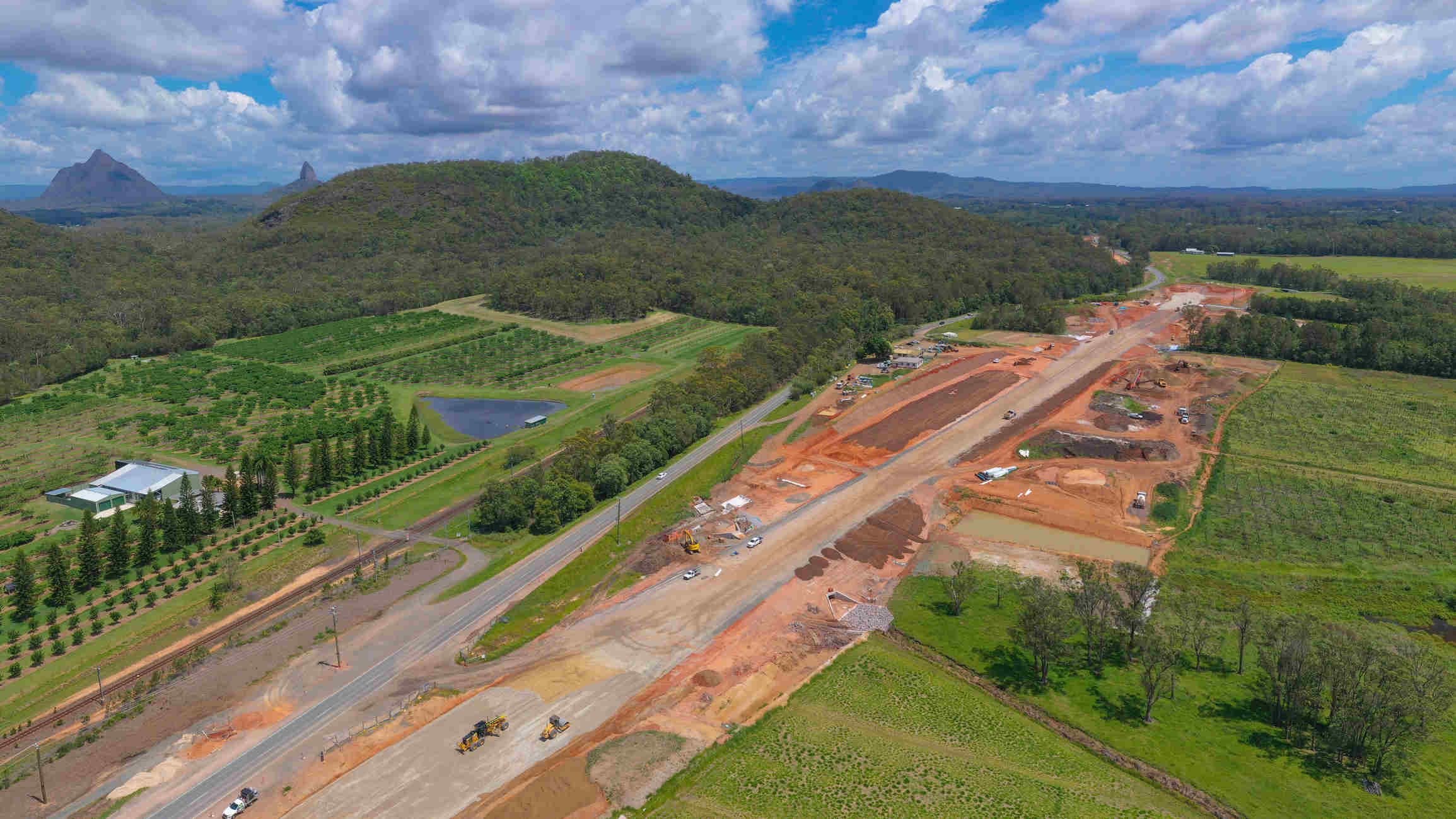
He said a Sunshine Coast draft transport strategy and mass transit option analysis were in the works, “informing a detailed business case that focuses on the Sunshine Coast’s mass public transport needs”.
“The draft strategy is a 20-year plan that details how a range of improved public transport projects will fit together to better serve the local community, as well as improved links to Brisbane and the broader network,” he said.
“It provides a shared vision for how the Queensland Government and Sunshine Coast Council can work together to meet the southern Sunshine Coast’s future public transport needs and ensure its liveability is maintained, while leveraging the opportunities that growth brings.
“It envisages a public transport network, developed around key corridors and connections that will complement the southern Sunshine Coast’s character during a period of expected growth up to 2041 and beyond.”
Mr Bailey said a $7.1 billion train manufacturing program would support more than 3000 jobs and deliver better services in the state.
“International visitors and sports-loving locals will be riding our brand new, Queensland-built trains in 2032,” he said.
He said the transport system would cater for the Games and beyond.
“All of these decisions are based on population growth and demand, and the projects already underway or earmarked for the future will leave a lasting legacy for Queensland.”
He said the government was determined to be as eco-friendly as possible.
“We know using public transport is better for the environment,” Mr Bailey said.
“Our Energy and Jobs Plan will see 70 per cent of Queensland’s power coming from renewables by 2032, making our expanded electrified train network even better for the environment.
“We also had an existing commitment that every new bus in southeast Queensland will be zero emission from 2025.”
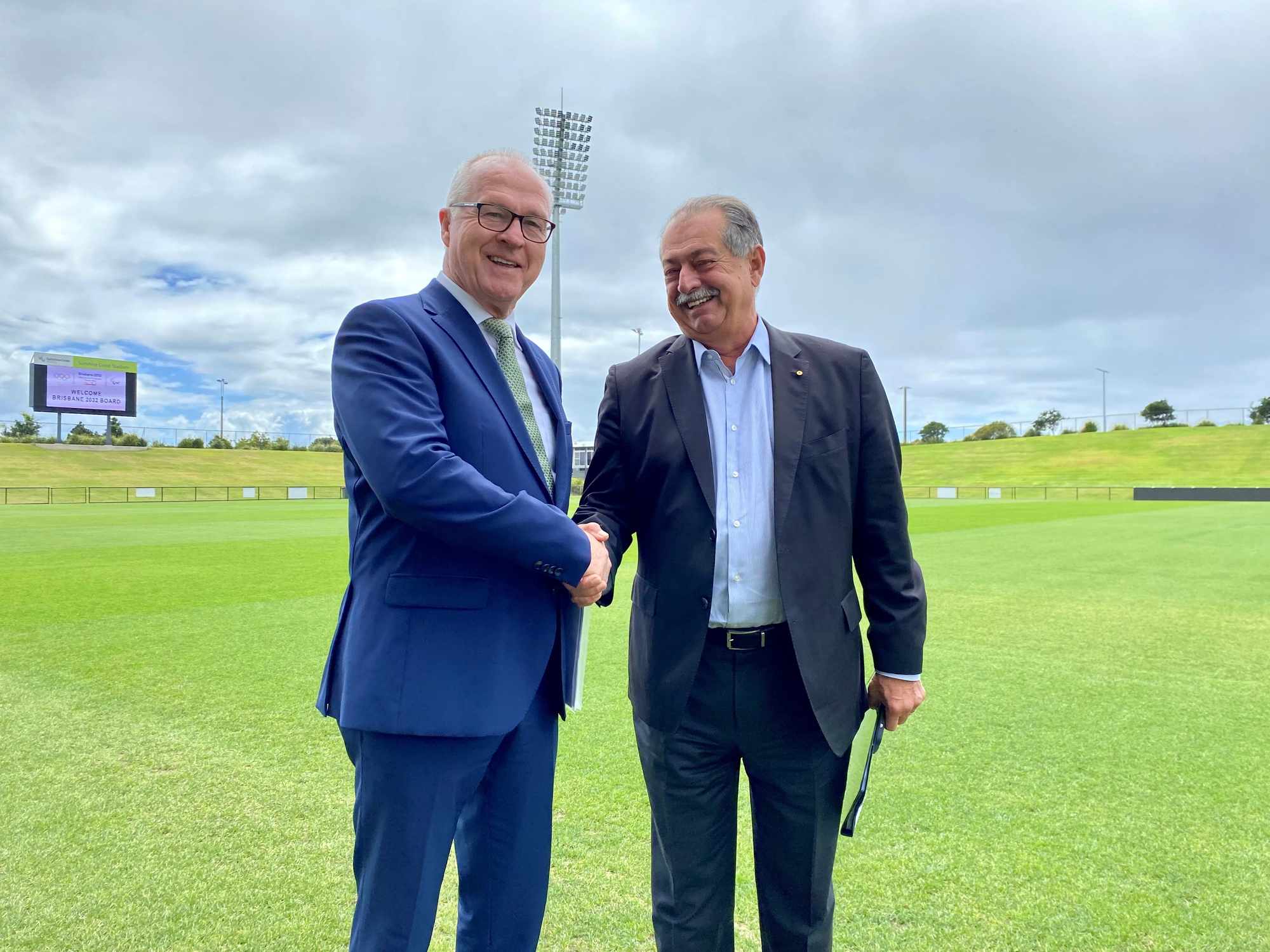
The right balance
Sunshine Coast Mayor Mark Jamieson believes the region has plenty to gain from the Games, while retaining its renowned liveability.
“The bid to host the 2032 Games was a catalyst to bring forward investment in transport infrastructure in southeast Queensland, as well as to position the region as a global destination for tourism, trade and investment,” he said.
“This event will trigger the investment that our region deserves.
“(But) it’s not just about hosting the biggest event in the world. It’s about preserving our Sunshine Coast lifestyle.”
He said it was unclear how locals’ hip pockets would be affected.
“Further detailed planning will be undertaken to determine the costs that will be borne by our ratepayers,” he said.
“Our council will be open and transparent with our community as to the costs incurred as a key delivery partner for the Games.”
Cr Jamieson was unsure how much the sports venues would cost to build and operate. The council was in the planning phase with delivery partners for their development.
But he said hosting part of the Games was well worth it.
“The final costs for these new facilities are yet to be determined,” he said.
“However, work is currently underway to look at design options and determine these costs.
“The more important question is: what are the Games worth?
“The Games have the potential to deliver significant benefits to Brisbane, southeast Queensland and Queensland.”
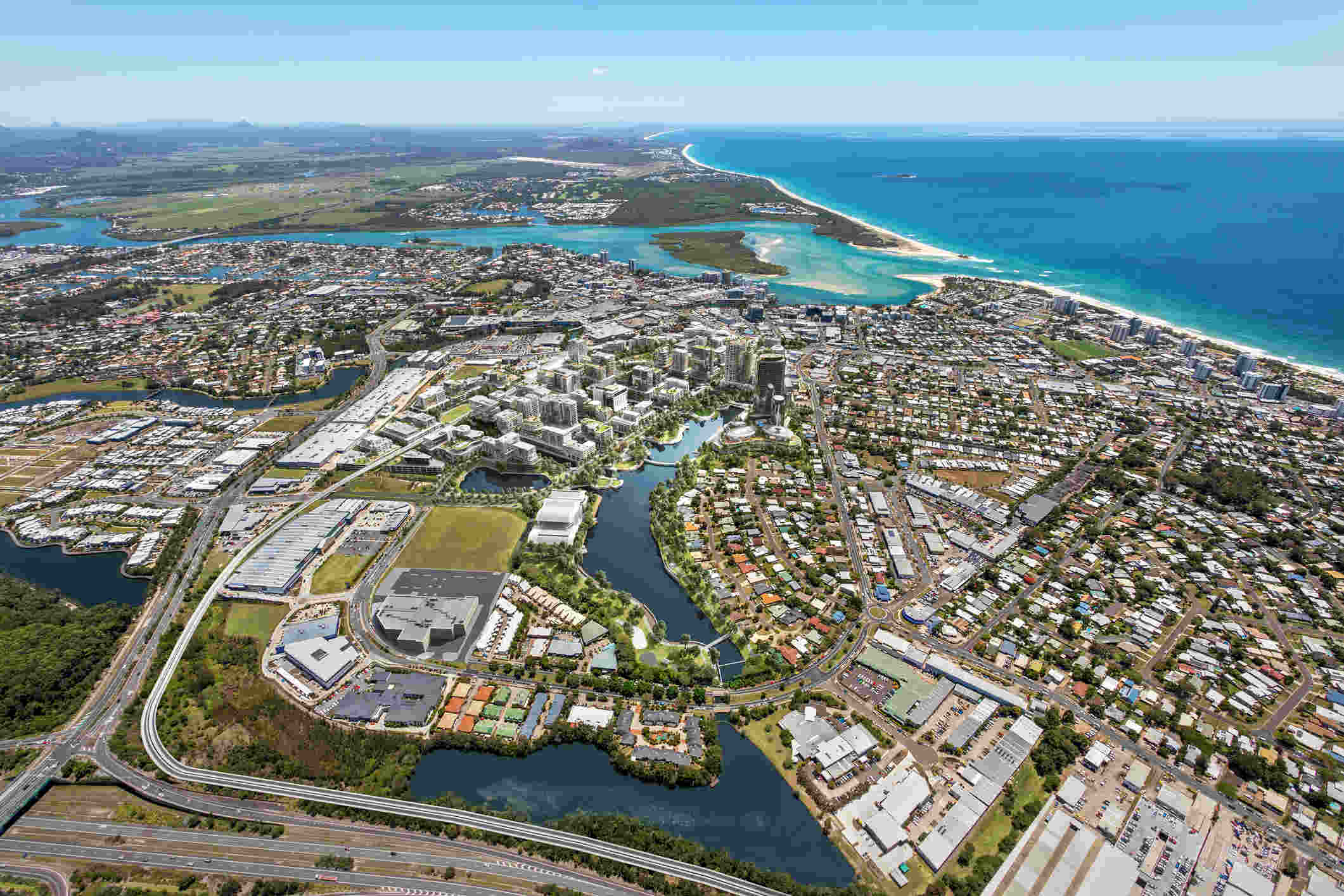
Cr Jamieson referenced The Queensland 2032 Olympic and Paralympic Games – Preliminary economic, social and environmental analysis report, delivered by accounting firm KPMG, that said state-wide impacts could include $8.1b in economic and social benefits, 91,600 job years (jobs per year), a $4.6b uplift in tourism and trade and $3.5b in social benefits.
“Council will work closely with our business community to seek to leverage the Games opportunities,” he said.
“Sunshine Coast Council (has) established the Sunshine Coast Legacy Plan Community Reference Group with champion representatives from many areas including Olympians and Paralympians, First Nations, tourism, the community, disability, youth and education.
“This important group meets regularly and provides community advice to council about local legacy outcomes and opportunities that should be pursued as part of the Games and will be releasing its 10+10+ Vision in the near future.”
Cr Jamieson said the Maroochydore City Centre, which will be home to the Satellite Athlete Village, would also be a central area for entertainment and for people to gather during the Games.
“Council is fortunate to be working with its commercial delivery partner for the Maroochydore City Centre – Walker Corporation – in advancing the delivery of what will be Australia’s only greenfield city centre,” he said.
“The agreement with Walker Corporation will deliver $2.5b in investment in the development of the city centre, which will be a highly contemporary, sustainable and sophisticated location offering an opportunity for people to live, work, recreate and access services in one of our region’s most exciting and attractive locations.”
Like stories about Sunshine Coast people doing great things? Help us deliver more by registering for our free daily news feed. All it requires is your name and email. See SUBSCRIBE at the top of this article.


